Tractors: The Backbone of Modern Agriculture
In the dynamic world of farming, machinery has become an essential part of efficient and productive operations. Among the most crucial pieces of equipment, tractors stand out for their versatility and indispensable role in various agricultural tasks. Questions like what is the use of tractor in farming, what is tractor and its types, what is tractor used for in agriculture, what is use of tractor, and what is walking type tractor highlight the importance of understanding these powerful machines and their functions.
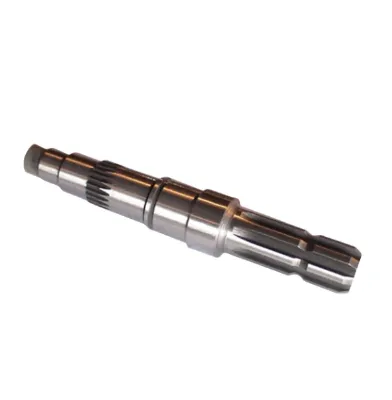
Unraveling What is the Use of Tractor in Farming
When exploring what is the use of tractor in farming, the applications are vast and varied. Tractors are the primary workhorses during land preparation. They are used to pull plows that break up the soil, turning it over to expose fresh layers and eliminate weeds. This process aerates the soil, improving its structure and allowing plant roots to penetrate easily. After plowing, tractors can be attached to harrows to further refine the soil, creating a smooth seedbed for sowing.
During the planting season, tractors play a pivotal role. Seed drills mounted on tractors ensure precise and efficient sowing, distributing seeds at the optimal depth and spacing. As crops grow, tractors are used for fertilizing and pesticide application. Specialized sprayers and spreaders attached to tractors allow for the even distribution of fertilizers and chemicals, protecting crops from pests and diseases while promoting healthy growth. Harvest time also heavily relies on tractors, which are used to pull combines, trailers, and other harvesting equipment, transporting the harvested crops from the fields to storage facilities.
Understanding What is Tractor and Its Types
To fully answer what is tractor and its types, one must recognize the diversity within this category of machinery. Standard tractors, often referred to as utility tractors, are the most common type. These tractors are highly versatile, with powerful engines and three - point hitch systems that enable the attachment of a wide range of implements. They can handle tasks from tilling the land to hauling heavy loads, making them suitable for various farming operations.
Compact tractors are another type, designed for smaller farms, orchards, and gardens. Their smaller size and increased maneuverability allow them to operate in tight spaces where larger tractors may not fit. Specialty tractors, such as row - crop tractors, are built for specific tasks. Row - crop tractors have adjustable wheel widths to work between rows of crops, facilitating cultivation and maintenance.
Then there is the walking type tractor. As the name suggests, this type of tractor is operated by a person walking behind it. It is lightweight and highly maneuverable, making it ideal for small - scale farms, especially in areas with challenging terrains like hilly regions or narrow fields. Walking type tractors are often used for basic plowing, tilling, and harvesting tasks where larger tractors are not practical.
Delving into What is Tractor Used for in Agriculture
What is tractor used for in agriculture extends far beyond the basic tasks of plowing and planting. Tractors are crucial for irrigation management. They can be used to pull irrigation equipment, such as sprinkler systems or drip irrigation setups, across fields, ensuring that crops receive the right amount of water. In addition, tractors are used for soil testing and sampling. Specialized attachments can be fitted to tractors to collect soil samples from different parts of the field, helping farmers determine the soil's nutrient levels and pH, and make informed decisions about fertilization.
Tractors also play a significant role in livestock farming. They are used to transport feed, hay, and equipment to different parts of the farm. Tractors can be equipped with front - end loaders to lift and move heavy objects, such as bales of hay or large containers of feed. They are also used for cleaning out barns and handling manure, making the management of livestock operations more efficient.
Exploring What is Use of Tractor
The query what is use of tractor encompasses a broad spectrum of functions. Tractors are essential for maintaining farm infrastructure. They can be used to grade and smooth farm roads, making it easier for other vehicles to access different parts of the farm. Tractors are also used for clearing land, removing debris, and preparing areas for new construction or expansion.
In the post - harvest phase, tractors are used for tasks such as threshing, where the grain is separated from the stalks. They can also be used to transport the harvested crops to storage facilities or processing plants. Moreover, tractors are increasingly being used in sustainable farming practices. For example, some tractors are designed to operate on biofuels, reducing the environmental impact of farming operations.
Investigating What is Walking Type Tractor
What is walking type tractor reveals a unique and valuable category of agricultural machinery. Walking type tractors are compact and lightweight, making them highly suitable for small - scale farming operations. They are manually controlled by the operator, who walks behind the tractor, guiding it through the fields. These tractors are equipped with simple yet effective engines that provide enough power for basic farming tasks.
They are particularly useful in areas with limited space or challenging terrains. Walking type tractors can be easily maneuvered in small gardens, narrow fields, or on hilly slopes where larger tractors may struggle to operate. They are often used for tasks like plowing, tilling, and harvesting in these types of environments. Additionally, their affordability and ease of maintenance make them a popular choice among small - scale farmers, especially in developing countries.
FAQs about Tractors in Agriculture
How do I choose the right tractor for my farm?
Selecting the appropriate tractor depends on several factors. First, assess the size of your farm and the types of tasks you need to perform. Larger farms may require more powerful utility tractors, while smaller farms might benefit from compact tractors. Consider the terrain of your farm as well; if you have hilly or uneven land, a tractor with good traction and stability is essential. Also, think about the specific implements you will need to attach to the tractor and ensure that it has the necessary power and compatibility.
What are the maintenance requirements for tractors?
Regular maintenance is crucial for the longevity and optimal performance of tractors. This includes tasks such as changing the engine oil, air filters, and fuel filters at recommended intervals. Check the tire pressure regularly and inspect the tires for wear and damage. Lubricate all moving parts, such as the three - point hitch and steering components, to ensure smooth operation. Additionally, keep the tractor clean, especially the radiator and engine compartment, to prevent the buildup of dirt and debris. Periodic professional servicing is also recommended to identify and address any potential issues.
Can tractors be used for non - farming purposes?
Yes, tractors can be used for a variety of non - farming purposes. In construction, tractors can be used for tasks such as grading, excavating, and hauling materials. They are also useful in landscaping, for mowing large areas of grass, moving soil, and installing irrigation systems. Some tractors are modified for use in forestry, for tasks like logging and clearing land. Their versatility and power make them applicable in many industries beyond agriculture.
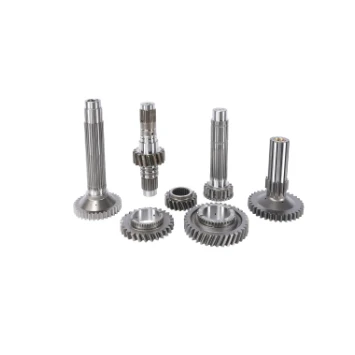
The agricultural and industrial machinery sector is experiencing remarkable growth, and at the heart of this expansion lies the trade and supply of tractors.
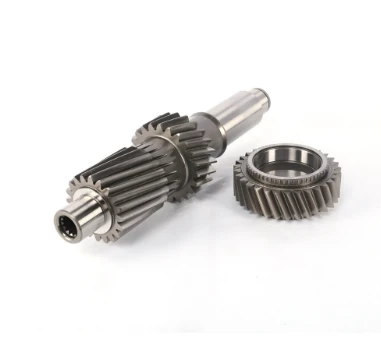
In the world of heavy - duty construction, the seamless operation of machinery is crucial for large - scale projects.
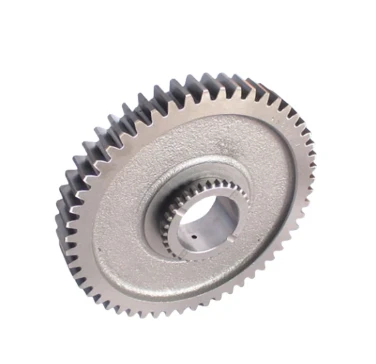
The world of tractors is vast and varied, catering to both practical agricultural needs and the passionate interests of collectors.
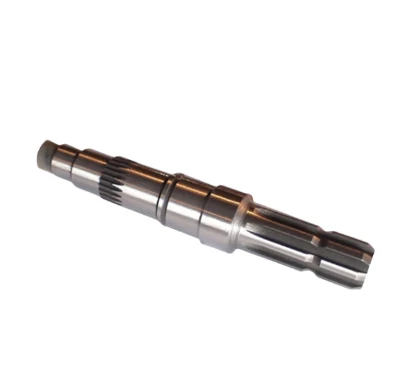
The agricultural and construction machinery landscape is constantly evolving, with tractors standing as essential workhorses for a variety of tasks.
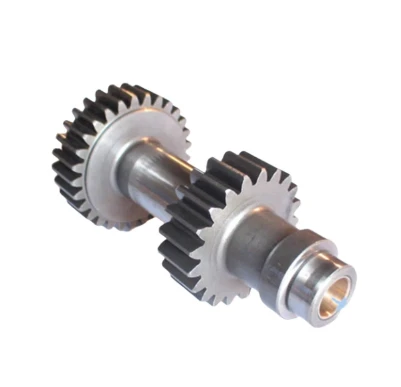
In the intricate world of mechanical engineering, gears are fundamental components that enable the seamless transfer and manipulation of power.
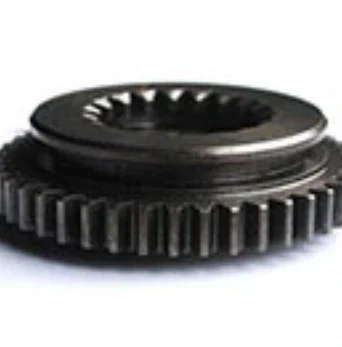
The market for tractors is a bustling hub, catering to a wide range of needs from large - scale farming operations to small - scale gardening projects.
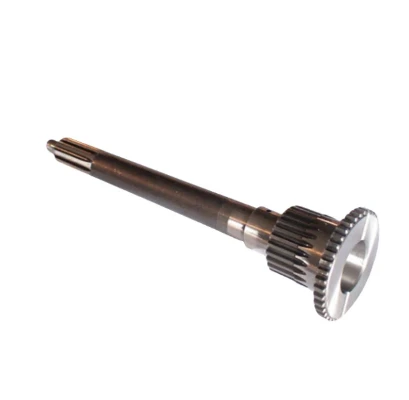
In the expansive realm of agriculture, various tools and machines play crucial roles in ensuring efficient crop production and overall farm management.
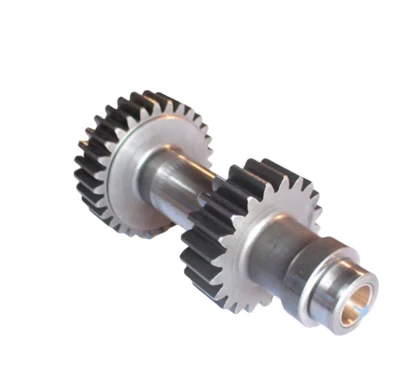
Tractors are essential workhorses in the agricultural and construction sectors, playing a pivotal role in a wide range of tasks.
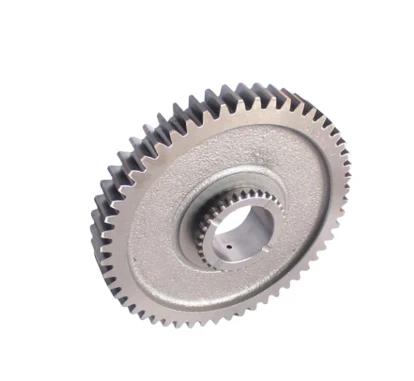
The agricultural and construction sectors rely heavily on tractors for their operations, and the entities involved in the production, distribution, and pricing of these machines shape the industry's trajectory.
International layout
Spread all over the world
our products are exported to various parts of the world. Currently, our products have been exported to more than 40 countries Our products cover Asia, Europe, Africa, South America, North America, and Oceania
Sign up
for Newsletter
Subscribe to the weekly newsletter for all the latest updates







